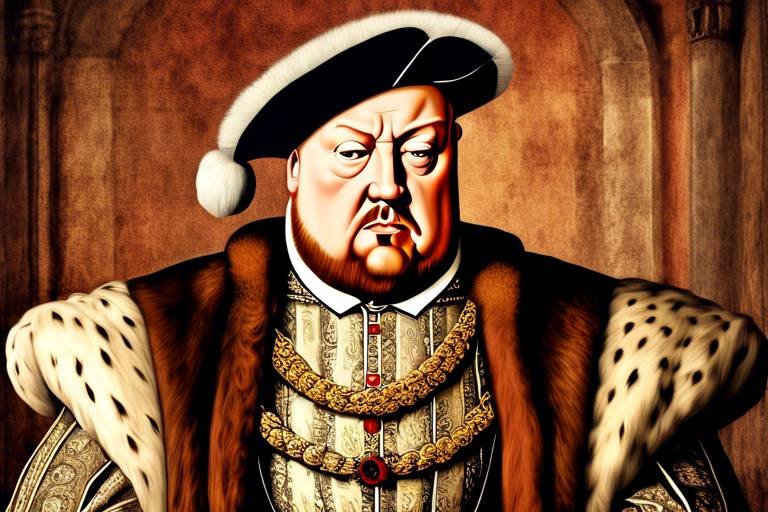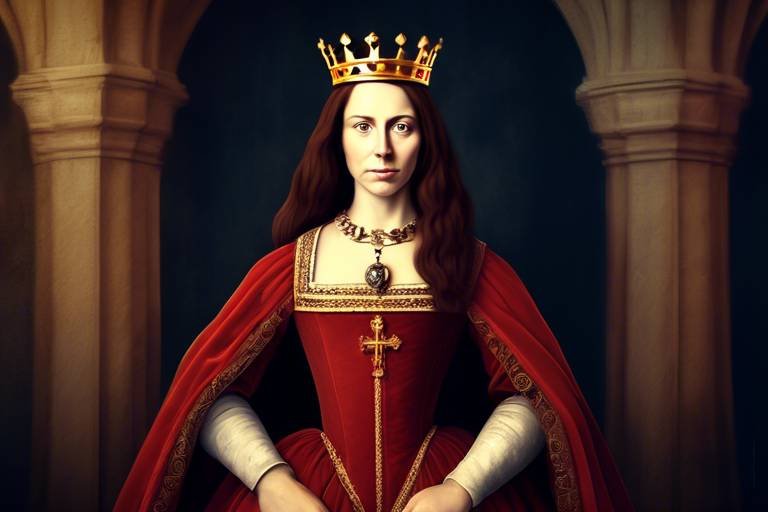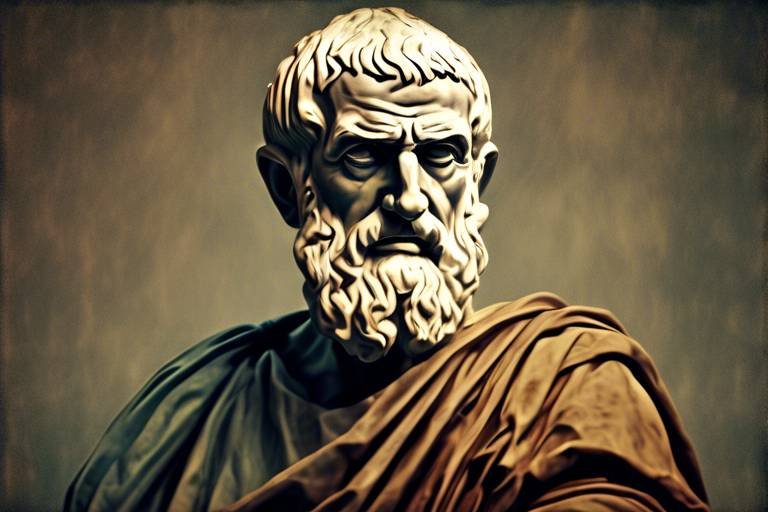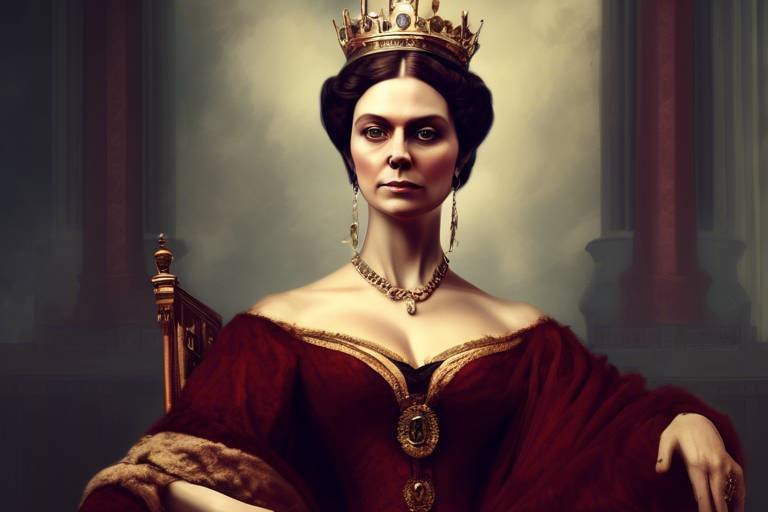Henry VIII: The King Who Shook a Nation
Henry VIII, a monarch whose name reverberates through the annals of history, stood as a towering figure in the Tudor era, reshaping the very fabric of England with his actions. Known for his larger-than-life persona and tumultuous reign, Henry VIII left an indelible mark on the nation, earning a reputation as the king who shook a nation.

Early Life and Ascension to the Throne
Exploring the reign of King Henry VIII, his impact on England's history, marriages, religious reforms, and political decisions that shaped the nation during the Tudor era.
Henry VIII, born on June 28, 1491, was the second son of King Henry VII and Elizabeth of York. His early life was marked by a strong education, including studies in theology, music, poetry, and languages. Despite being originally intended for a life in the church, Henry's older brother Arthur's unexpected death propelled him to the forefront of succession.
Ascending to the throne at the age of 17 in 1509 after his father's death, Henry VIII brought a youthful vigor and ambition to the monarchy. His coronation marked the beginning of a new era in English history, characterized by grandeur, power, and a thirst for glory.
An examination of Henry VIII's six marriages reveals a complex web of political motivations, personal desires, and the desperate quest for a male heir to secure the Tudor dynasty's future. Each marriage, from Catherine of Aragon to Catherine Parr, played a crucial role in shaping England's political landscape and the king's own legacy.
Henry VIII's break from the Catholic Church, driven by his desire for a divorce from Catherine of Aragon, led to the establishment of the Church of England in 1534. This seismic shift in religious authority not only altered the spiritual fabric of England but also laid the foundation for future religious conflicts and reformations.
Exploring Henry VIII's foreign policies and military campaigns, it becomes evident that his reign was marked by a delicate balance of alliances and conflicts with other European powers. From his marriage alliances to his involvement in the Wars of the Roses, Henry's political decisions reverberated far beyond England's shores.
The Renaissance flourished in England under Henry VIII's patronage, with the king himself being an avid supporter of the arts, architecture, and literature. From the construction of grand palaces to the promotion of English playwrights and poets, Henry's cultural influence left an indelible mark on English society.
Assessing Henry VIII's legacy reveals a complex tapestry of achievements and controversies. His impact on English monarchy, law, and society endured long after his death, shaping the nation's future and influencing subsequent rulers.
In his later years, Henry VIII's health deteriorated significantly, plagued by obesity, leg ulcers, and other ailments. The decline of his physical and mental well-being had profound implications for his rule, leading to a period of instability and uncertainty in the Tudor court.
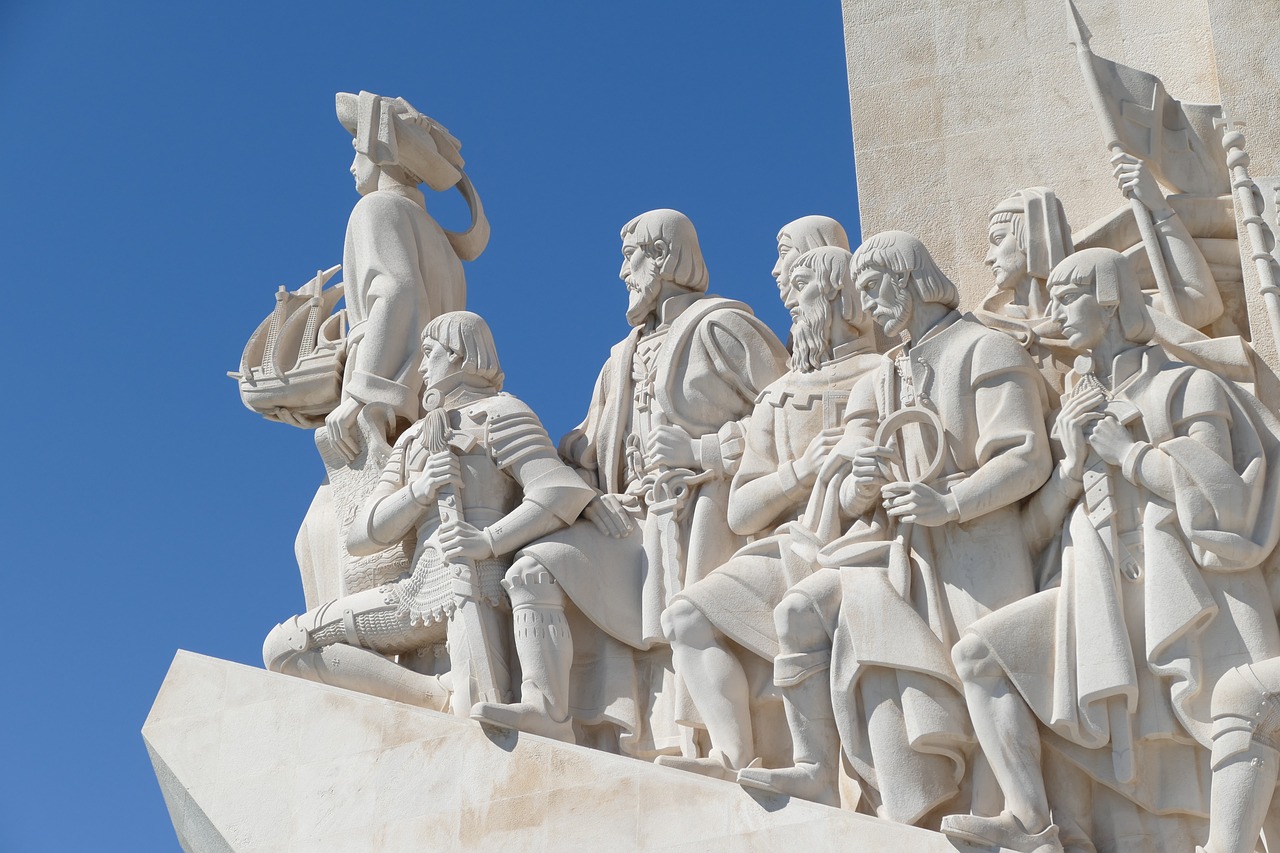
Marriages and Succession
Henry VIII's marriages were a significant aspect of his reign, shaping both his personal life and the future of England. His quest for a male heir led him to marry six times, each union carrying political motivations and personal implications. The marriages of Henry VIII were not only about love but also about securing alliances, strengthening political power, and ensuring the continuity of the Tudor dynasty.
His first marriage to Catherine of Aragon, the widow of his older brother, Arthur, was a crucial union for political reasons and to maintain the alliance with Spain. However, the lack of a male heir prompted Henry to seek an annulment, leading to his break from the Catholic Church and the establishment of the Church of England.
The subsequent marriages to Anne Boleyn, Jane Seymour, Anne of Cleves, Catherine Howard, and Catherine Parr each played a part in Henry's pursuit of a male heir. The personal dramas, political intrigues, and tragic fates of some of his wives added layers to the already complex web of Tudor history.
Despite his efforts, Henry VIII's marriages produced only three legitimate children who survived infancy: Mary, Elizabeth, and Edward. Edward VI, born to Jane Seymour, succeeded his father briefly before his untimely death, leading to a tumultuous period of succession and power struggles in England.
Henry VIII's marriages and the issue of succession were not only matters of personal importance but also had far-reaching consequences for the monarchy, the Church, and the stability of the realm. The impact of his marital decisions reverberated throughout English history, shaping the course of the nation for generations to come.

Religious Reforms and the Church of England
Exploring the reign of King Henry VIII, his impact on England's history, marriages, religious reforms, and political decisions that shaped the nation during the Tudor era.
During his reign, Henry VIII made a significant impact on the religious landscape of England. His break from the Catholic Church and the subsequent establishment of the Church of England marked a pivotal moment in English history. The Reformation brought about by Henry VIII had far-reaching consequences, not only in the religious sphere but also in the political and social fabric of the nation.
Henry's decision to separate from the Catholic Church was primarily driven by his desire to annul his marriage to Catherine of Aragon and marry Anne Boleyn. This led to the Act of Supremacy in 1534, declaring the King as the Supreme Head of the Church of England. The dissolution of the monasteries followed, leading to significant changes in the religious infrastructure of the country.
The establishment of the Church of England under Henry VIII brought about a new religious order in England. The English Reformation not only altered the religious practices but also had profound implications on the society and culture of the time. The English Bible was translated into English, making the scriptures more accessible to the common people.
Henry's religious reforms were not without controversy and resistance. The execution of Thomas More and John Fisher, who opposed the King's religious policies, highlighted the tensions and conflicts that arose during this period of religious upheaval.
Despite the challenges and opposition, Henry VIII's establishment of the Church of England laid the foundation for the future of religion in England. The Anglican Church that emerged from this period continues to be a significant religious institution in England to this day.
Henry VIII's religious reforms not only reshaped the religious landscape of England but also had lasting implications on the political and social dynamics of the nation. The legacy of the English Reformation under Henry VIII continues to be felt centuries later, underscoring the enduring impact of his reign on the history of England.
1. What were the main reasons behind Henry VIII's break from the Catholic Church?
2. How did the establishment of the Church of England impact English society?
3. What role did the Act of Supremacy play in Henry VIII's religious reforms?
4. How did the English Reformation influence the cultural landscape of England?
5. What was the significance of the execution of Thomas More and John Fisher during Henry VIII's reign?
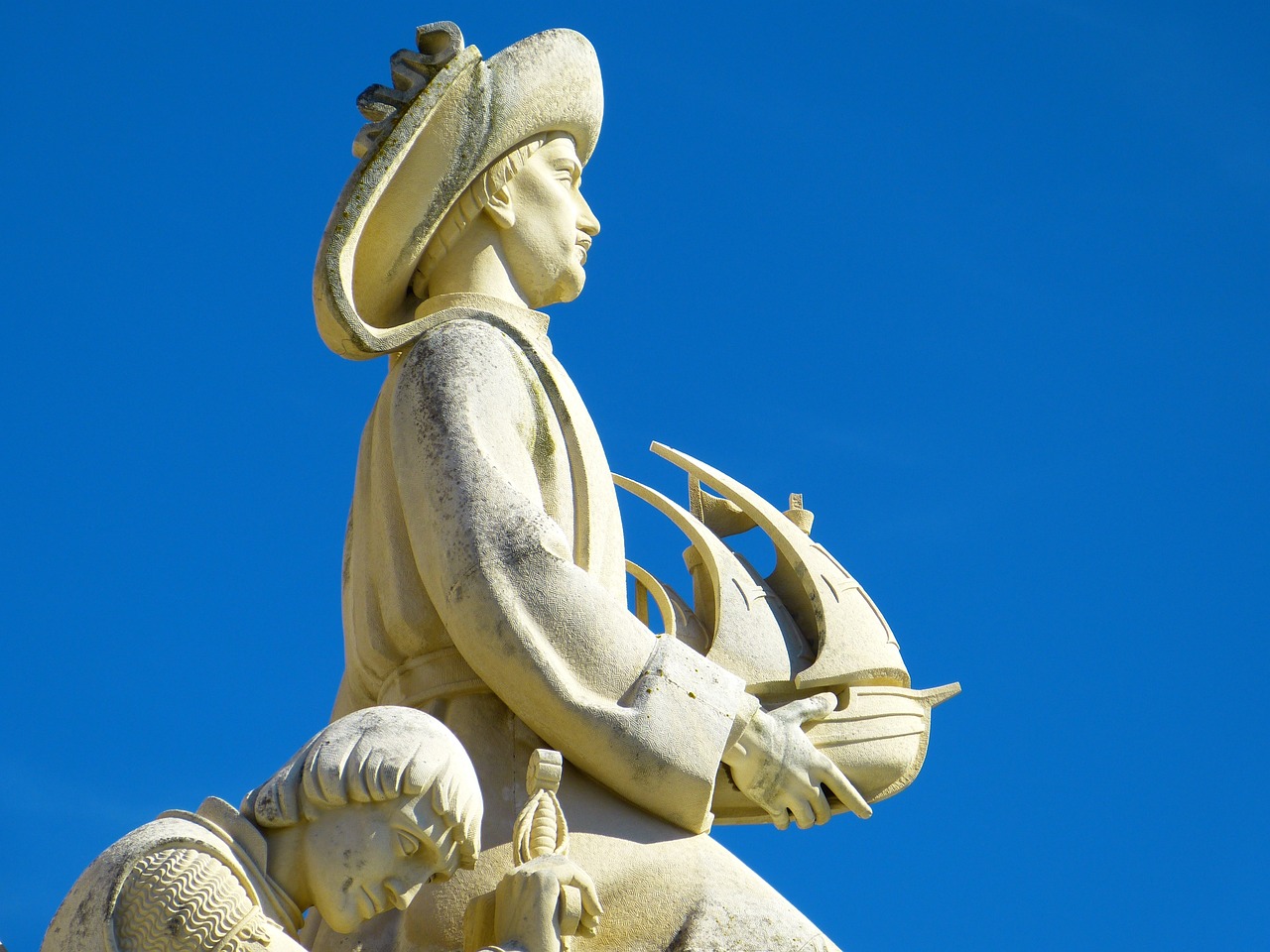
Political Alliances and Conflicts
Exploring the reign of King Henry VIII, his impact on England's history, marriages, religious reforms, and political decisions that shaped the nation during the Tudor era.
Henry VIII's political alliances and conflicts played a crucial role in shaping England's position on the European stage. His foreign policies were characterized by a delicate balance of power, seeking strategic partnerships while also engaging in conflicts to protect England's interests.
One of Henry VIII's key alliances was with Spain through his marriage to Catherine of Aragon, which aimed to strengthen England's position against France. However, this alliance faced challenges as Henry's desire for a male heir led to the annulment of his marriage to Catherine, triggering tensions with Spain and the Catholic Church.
On the other hand, Henry VIII's relationship with France fluctuated between cooperation and conflict. He engaged in military campaigns against France, such as the Battle of the Spurs in 1513, to assert English dominance in European affairs. These conflicts were intertwined with complex diplomatic maneuvers to secure England's interests and territorial gains.
Furthermore, Henry VIII's involvement in the Wars of the Roses, a series of dynastic conflicts within the English nobility, shaped his political decisions and alliances. By navigating the intricate web of rival factions, Henry sought to consolidate his power and maintain stability within the realm, often resorting to strategic marriages and political maneuvers to secure his position.
Overall, Henry VIII's political alliances and conflicts reflected the intricate dynamics of power politics in Renaissance Europe, where shifting allegiances and strategic calculations shaped the course of history.

Art, Culture, and Patronage
Exploring the reign of King Henry VIII, his impact on England's history, marriages, religious reforms, and political decisions that shaped the nation during the Tudor era.
During the tumultuous reign of King Henry VIII, the arts, culture, and patronage flourished in England, creating a vibrant and dynamic cultural landscape. Henry VIII was not only a powerful monarch but also a passionate supporter of the arts, literature, and architecture, leaving a lasting impact on the cultural heritage of the nation.
The king's love for art and culture was evident in his patronage of renowned artists, such as Hans Holbein the Younger, whose portraits captured the essence of the Tudor court with remarkable detail and realism. Henry VIII's court became a hub of creativity, attracting talented individuals from across Europe and fostering a rich artistic environment.
Under Henry VIII's rule, English literature also experienced a renaissance, with writers like Sir Thomas More and Thomas Wyatt producing works that reflected the changing social and political landscape of the time. The king's support for the printing press further facilitated the dissemination of ideas and knowledge, contributing to the intellectual growth of the nation.
Architecturally, Henry VIII left a significant mark on England, commissioning grand projects such as the renovation of Hampton Court Palace and the construction of St. James's Palace. These architectural marvels showcased the king's opulence and grandeur, setting new standards for royal residences in England.
Furthermore, Henry VIII's patronage extended to music, with the king himself being an accomplished musician and composer. His passion for music influenced the development of English music during the Renaissance, leading to the flourishing of choral compositions and instrumental music in the royal court.
In essence, Henry VIII's support for the arts, culture, and patronage not only enriched the cultural fabric of England but also contributed to the country's reputation as a center of artistic excellence during the Tudor era.
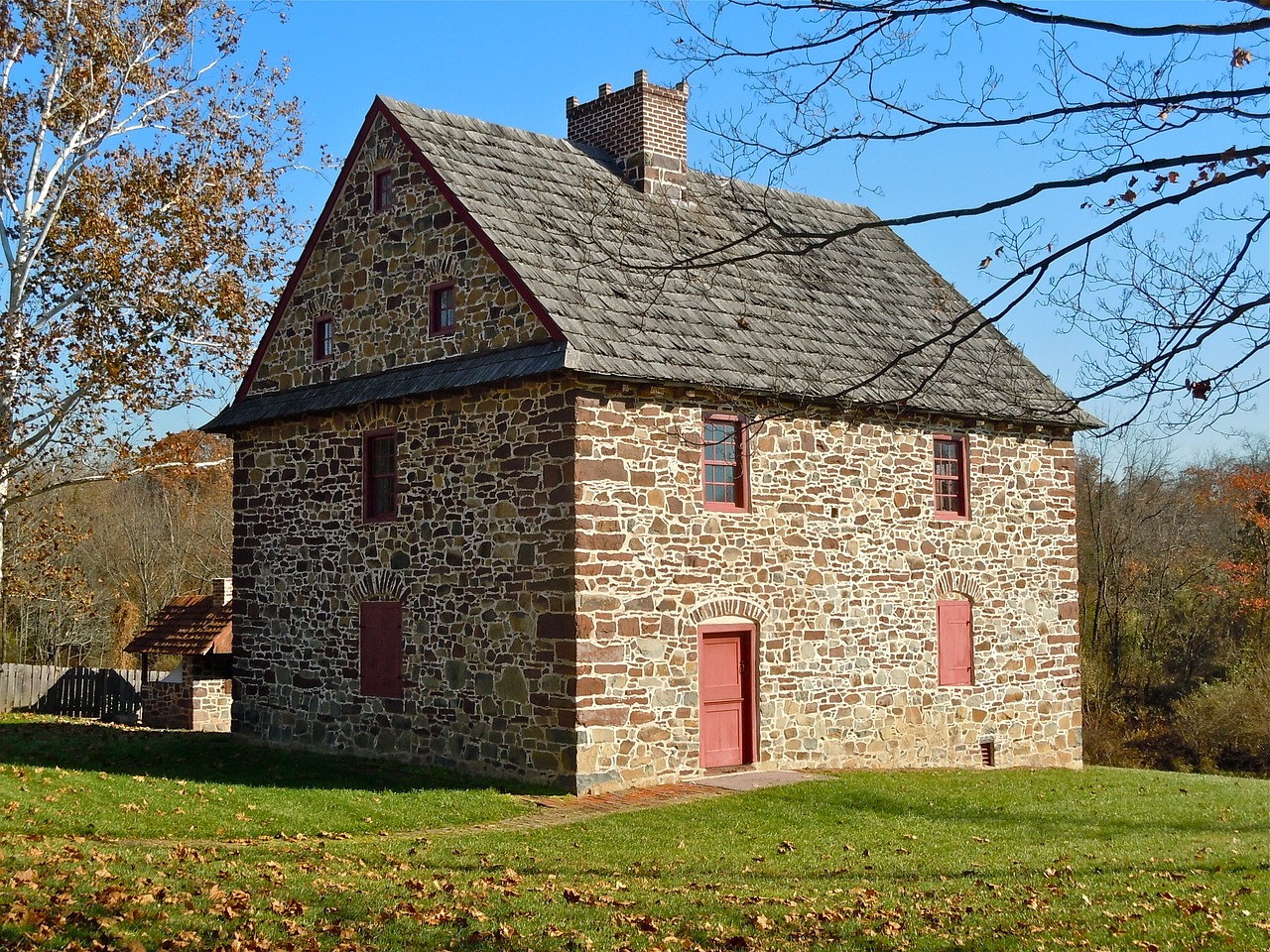
Legacy and Historical Impact
Henry VIII's reign left an indelible mark on English history, shaping the course of the nation for centuries to come. His legacy reverberates through the annals of time, influencing not only the monarchy but also the legal system, societal norms, and cultural identity of England.
One of the most significant aspects of Henry VIII's legacy is his role in establishing the Church of England. By breaking away from the authority of the Catholic Church and declaring himself the Supreme Head of the Church, Henry initiated the English Reformation. This move had profound implications for the religious landscape of England, setting the stage for future religious conflicts and shaping the country's religious identity.
Furthermore, Henry VIII's reign saw the consolidation of royal power and the centralization of authority in the monarchy. His assertive rule and expansion of royal prerogatives laid the foundation for the concept of absolute monarchy in England, influencing subsequent monarchs and the development of the English political system.
Henry VIII's marital escapades and quest for a male heir also had far-reaching consequences. His six marriages, marked by divorces, annulments, and executions, not only shaped his personal life but also had profound political implications. The pursuit of a male heir led to the succession crisis that followed his death, ultimately culminating in the reign of his daughter, Elizabeth I.
Moreover, Henry VIII's patronage of the arts and culture during the Renaissance era contributed to a flourishing of artistic and intellectual endeavors in England. His support for artists, writers, and scholars helped elevate England's cultural standing and fostered a climate of creativity and innovation that endured long after his reign.
In assessing Henry VIII's historical impact, it is clear that his legacy is a complex tapestry of political maneuvering, religious reform, cultural patronage, and personal drama. His reign represents a pivotal period in English history, marked by upheaval, transformation, and the enduring influence of a king who shook a nation to its core.
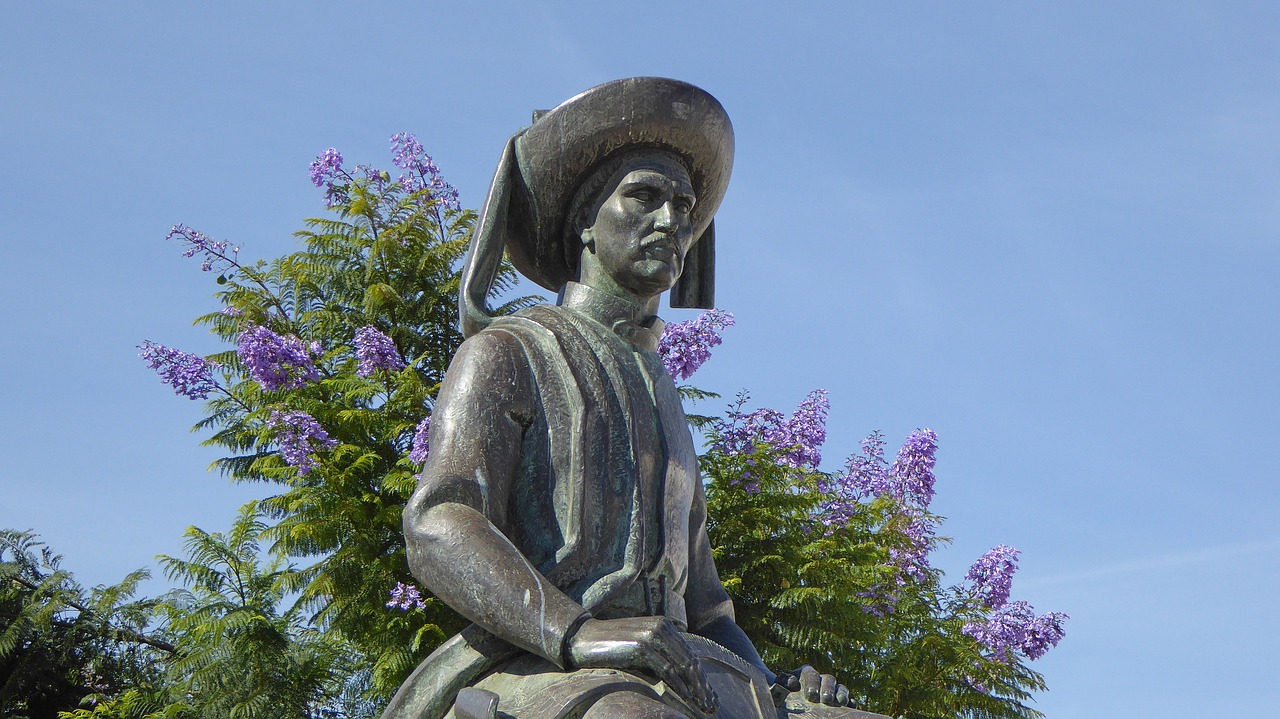
Health Issues and Decline
Henry VIII's reign, known for its grandeur and controversies, was not without its share of personal struggles. As the years went by, the once vigorous and imposing king began to face a series of health issues that would ultimately contribute to his decline. These health problems, ranging from physical ailments to mental deterioration, cast a shadow over the latter years of his rule.
One of the most well-known health issues that plagued Henry VIII was his struggle with obesity. The king, once a formidable and athletic figure in his youth, gradually succumbed to excessive weight gain as he aged. His lavish banquets and indulgent lifestyle contributed to his expanding waistline, leading to a myriad of health complications.
Aside from obesity, Henry VIII also suffered from a severe leg injury that troubled him for much of his life. The leg wound, believed to have been caused by a jousting accident, never fully healed, causing him constant pain and mobility issues. This physical ailment further limited his ability to move freely and participate in the activities he once enjoyed.
Moreover, the king's health decline was not only physical but also mental. Reports suggest that Henry VIII's later years were marked by mood swings, erratic behavior, and outbursts of temper. Some historians speculate that these changes in his mental state could have been attributed to a series of untreated head injuries sustained during his youth.
As Henry VIII's health deteriorated, his rule became increasingly erratic and unpredictable. The once powerful monarch, known for his decisive actions and strong leadership, began to waver in his decision-making and governance. This decline in both physical and mental well-being had significant repercussions on the stability and effectiveness of his reign.
In the midst of his health struggles, Henry VIII's decline became more pronounced, leading to a period of uncertainty and instability in the English court. The king's inability to address pressing political and social issues effectively further exacerbated the challenges facing the nation, setting the stage for a tumultuous transition of power in the years to come.
Frequently Asked Questions
- 1. What were Henry VIII's six marriages?
Henry VIII had six wives: Catherine of Aragon, Anne Boleyn, Jane Seymour, Anne of Cleves, Catherine Howard, and Catherine Parr. Each marriage had significant political and personal implications for the king and England.
- 2. Why did Henry VIII break from the Catholic Church?
Henry VIII's break from the Catholic Church was primarily motivated by his desire to annul his marriage to Catherine of Aragon and marry Anne Boleyn. This led to the establishment of the Church of England with the king as its supreme head, marking the beginning of the English Reformation.
- 3. What was Henry VIII's impact on the arts and culture of England?
Henry VIII was a significant patron of the arts, supporting artists, musicians, writers, and architects. His reign saw a flourishing of culture and creativity, with notable contributions to English literature, music, and architecture.
- 4. How did Henry VIII's health issues affect his rule?
In his later years, Henry VIII suffered from various health problems, including obesity, leg ulcers, and mental decline. These issues impacted his ability to govern effectively and may have influenced some of his later decisions and policies.
- 5. What is Henry VIII's lasting legacy on English history?
Henry VIII's reign had a lasting impact on English history, shaping the monarchy, religious landscape, and political structure of the nation. His decisions and policies continue to influence England to this day.

